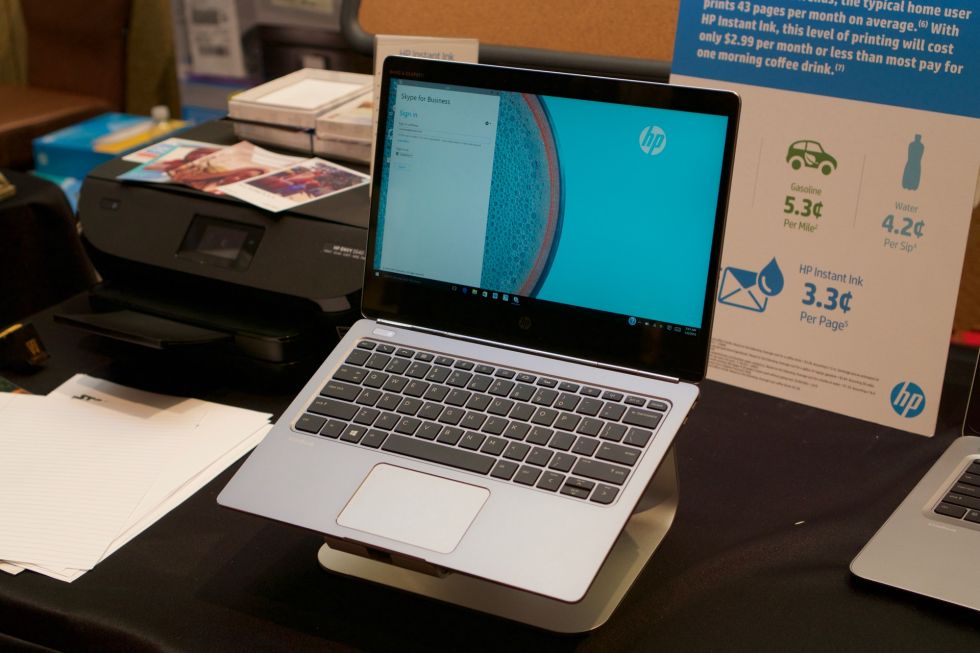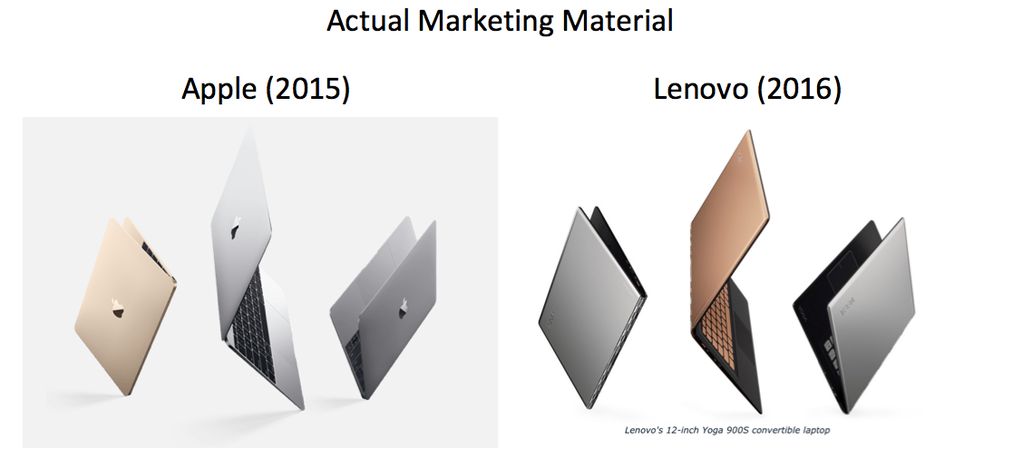The future of Sketch
Geoff Teehan interviews Sketch founder Pieter Omvlee and asks him if he’s ever been tempted to take on outside investment:
No. I’ve never been tempted. We are self-sufficient and profitable. If I were to take on an investment it would mean handing over a sizable portion of the company to an outside investor who would understandably expect a large return on their investment, maybe via avenues I might not agree an in the broader best interest of Sketch. I want to keep growing the company in a way that I see fit, and I don’t want to have the added pressure from someone who might expect more from it than I may even myself. Plus, with that money, I’d probably be expected to grow at a rate that I might not agree is best in the longer term. Similarly, I don’t want to be forced to hire so many people that we’re not profitable, and then only to be forced to take on more funding. We would probably quickly be expected to go from 6 developers to 20 or 30 — and that’s something that I don’t think is wise at this point in time. So in short I don’t currently see the benefits of taking outside funding.
This is great if Sketch can maintain independence, but there’s also a lot to be gained by taking on outside investors. Money doesn’t solve all problems, but with the right leadership and processes in place, you have the potential to make a lot more progress, and make it more quickly.
As Goeff reminds us in his interview, Sketch is eating into Adobe’s lunch and now Adobe has released a Sketch competitor called Comet. Time will tell if Comet gets traction in the marketplace, but Adobe can put hundreds of developers on Comet to make Sketch go away.
To build world class design software with a current team of 6 developers (!) seems untenable, but I’d love to be proven wrong.

